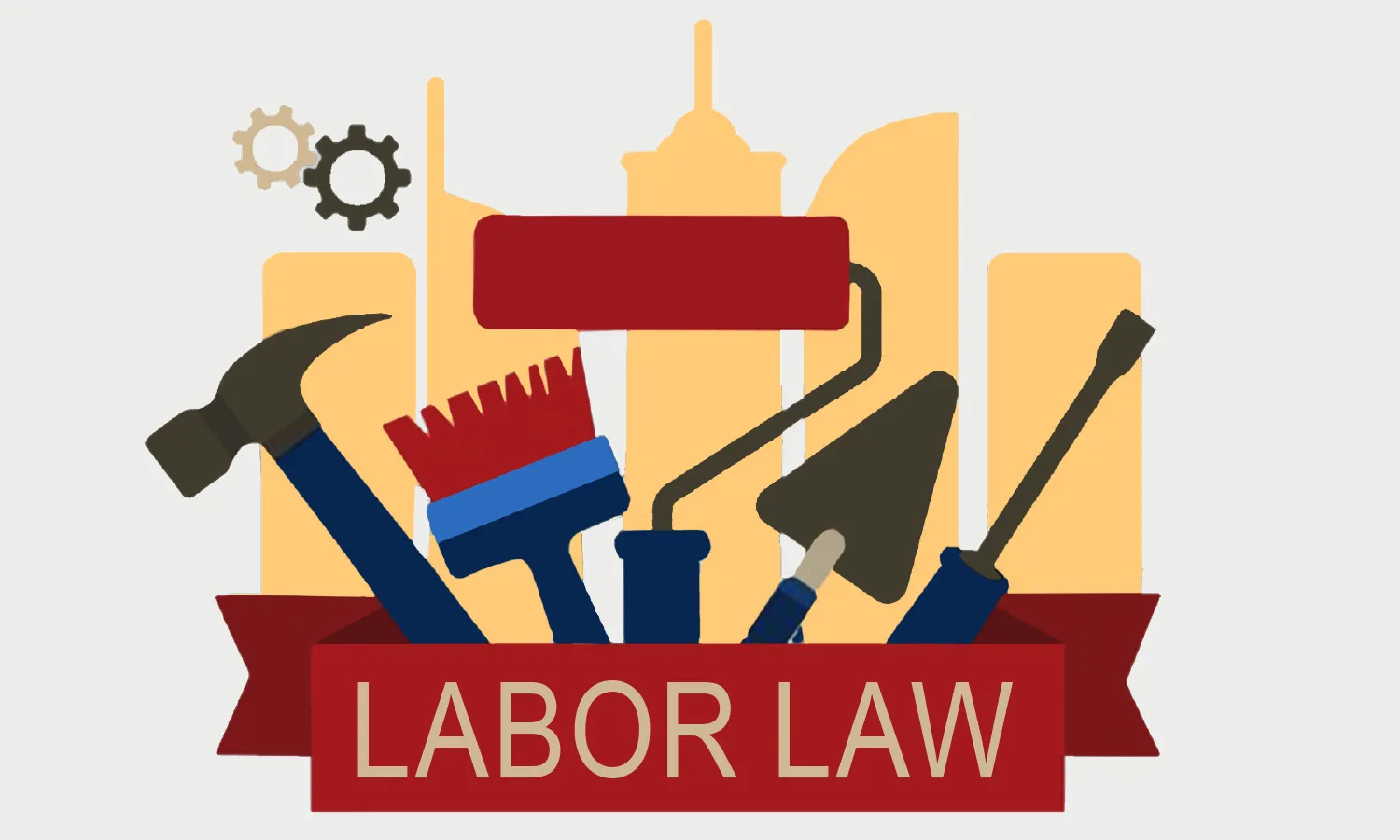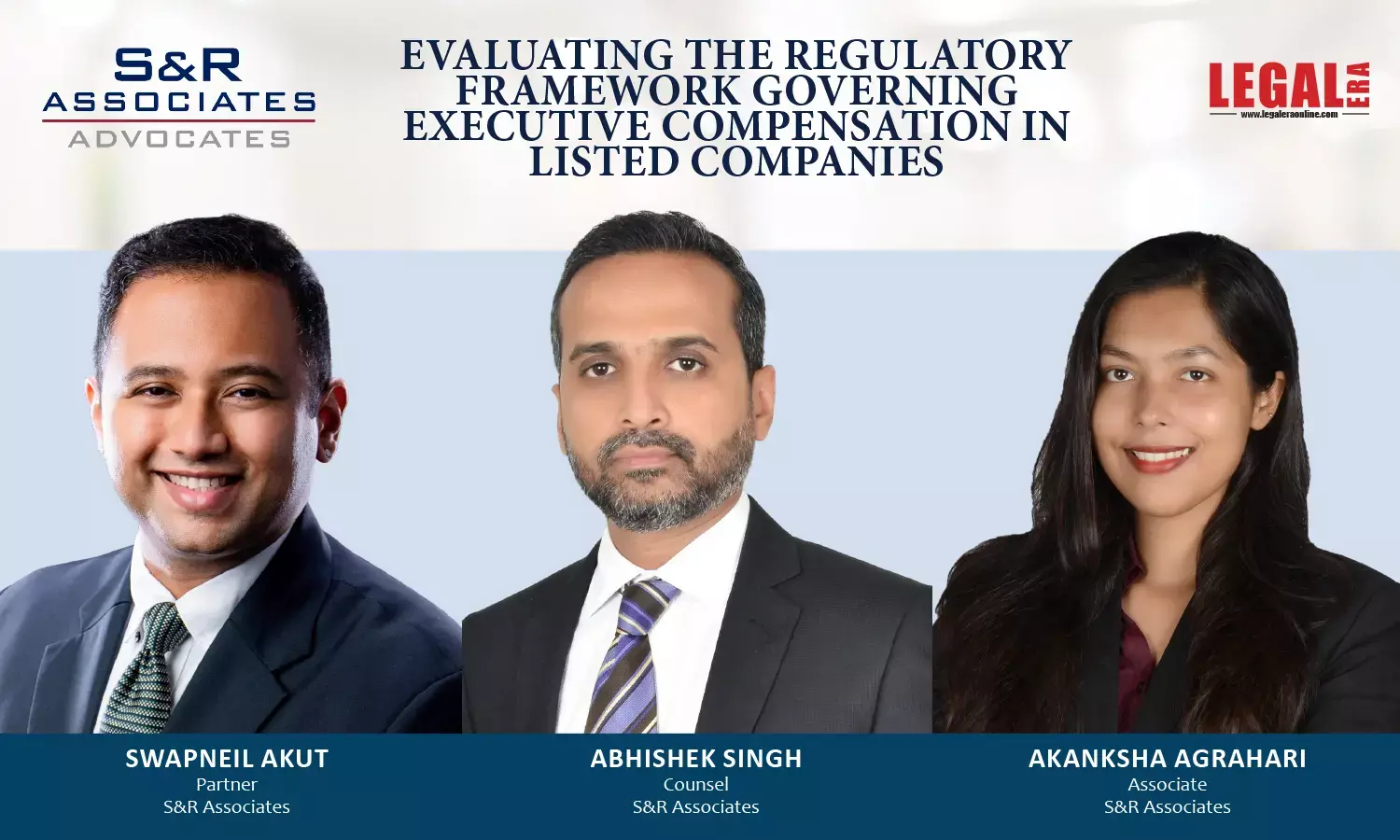Fear or Cheer? Running The Last Mile On Labor Law Consolidation in A Pandemic World

FEAR OR CHEER? RUNNING THE LAST MILE ON LABOR LAW CONSOLIDATION IN A PANDEMIC WORLD Legal Era Discusses the Future of India's Labor Law Landscape with Legal Experts Across Industriesby Sneha Rai Unless we live under a rock, we all know about the ongoing labor law consolidation! Yes, the four Labor Codes - the Code on Wages, Industrial Relations Code, Social Security Code and...
FEAR OR CHEER? RUNNING THE LAST MILE ON LABOR LAW CONSOLIDATION IN A PANDEMIC WORLD
Legal Era Discusses the Future of India's Labor Law Landscape with Legal Experts Across Industries
by Sneha Rai
Unless we live under a rock, we all know about the ongoing labor law consolidation!
Yes, the four Labor Codes - the Code on Wages, Industrial Relations Code, Social Security Code and the Occupational Safety, Health and Working Conditions Code - are set to replace 29 labor laws.
Barring the Code on Wages, both Houses of Parliament have passed all the codes. The President has also given his assent. However, the Code on Wages is the only one that has been implemented partly. The Central Government has also issued draft rules under Labor Codes that are in the near finalization stage. Meanwhile, the State Governments have been urged to speed up drafting and finalizing their state-specific rules under these Labor Codes. This is being done to ensure that the 4 Labor Codes are implemented across all states and union territories simultaneously. Many are yet to publish draft rules for consideration.
All the same, the question of preparedness is interesting to address given the potentially serious consequences of failure to adhere to these provisions. As with any change, there are concerns regarding the ramifications and definitions of many of the provisions. Let's hear what the experts - both from the industry and the legal fraternity - have to say about all this. They share their views exclusively with Legal Era!
Understanding the background, intentions, and acceleration of the Labor Codes – Wages, Industrial Relations, Social Security and Occupational Safety, and Health and Working Conditions
Manoj Rajendran, Associate General Counsel (Labor & Employment), Amazon explains, "India being a labor-intensive country with a history of archaic and complex labor legislations, there have been countless interpretation and implementation issues. Onerous labor compliances along with inadequate legal sanctions have been a key enforcement concern. It has led to the need of simplifying and streamlining complex legislation, improve work environments, and augment employment growth – particularly for foreign investors. The latter consider the Indian labor law framework a hindrance to their business and investments.
Hence, the consolidation of the laws was a welcome step from the government with the intent to boost business operations and align with modern best labor practices, while simultaneously addressing the dynamic landscape of our economy."
Vikram Shroff, Head, HR Laws (Employment & Labor), Nishith Desai Associates opines, "Our labor laws are several decades behind the times. It's about time they're reformed – and these new codes help simplify and streamline the current maze."
However, Mr. Shroff urges, "Having said that, lawmakers should have gone beyond consolidation to significantly reform the labor laws to be relevant, flexible, and support the changing work ecosystems, while promoting employment generation and protecting workers."
Diving into the Overarching Impacts, Trends, & Perspectives of the Wage Code
Manoj Rajendran, Associate General Counsel (Labor & Employment), Amazon highlights a couple of features. "To ensure compensation packages were attractive, from a tax and take-home perspective, there were higher percentages of allowances in the remuneration structure that were excluded from wages. The new definition of "wages" under COW and COSS (Code on Social Security 2020) is likely to lead to fluctuations in PF/ESI contributions.
Now, the specific allowances are capped at 50%, implying that PF contributions would be required to be at least 50% of the total remuneration. Given this, organizations will need to recompute remuneration and salary components. They will also need to consider the excluded allowances that aren't counted towards wages – to meet the minimum threshold. The new definition of 'wages' is also intended to be a benchmark for computing other pay-outs as well. Consequently, employees are bound to be impacted by lower take-home salaries and increased social security benefits."
Anubhav Kapoor, Director of Legal Affairs, Ford, India, highlights, "To keep provident fund and income tax outflow low, employers will be splitting wages into numerous allowances. According to the new code, half the gross pay of an employee would be basic wages because allowances are capped at 50%. Since wage now has to comprise at least 50% of the total salary, basic pay will be reduced significantly. That will affect other components like PF and gratuity. Employees may be taking home a lot less by way of salaries but employers will be forced to contribute a lot more as well."
Vikram Shroff, Head, HR Laws (Employment & Labor), Nishith Desai Associates explains and cautions, "While the new codes contain exclusions, it also looks to ensure 'wages' are at least half the total payments and certain remuneration-in-kind. Depending on the structural changes adopted by various employers, initially, it could lead to adverse and unintended take-home pay reductions. Hopefully, it is only a matter of time till progressive employers can manage their financial liability without affecting their employees' interests negatively."
Fear or Elation: What's the consensus for a post-pandemic world?
Manoj Rajendran, Associate General Counsel (Labour & Employment), Amazon opines, "As previously mentioned, even though take-home salaries will be negatively impacted, there is also the benefit of better social security and higher tax benefits. Hence, I don't believe these new codes will promote contractualization. On the contrary, new provisions recognize fixed-term employment at par with full-time employees.
Informalization isn't suggested as an alternative to regular employment but simply recognizes the need for social security for alternate engagement models. The COSS also requires aggregators engaging gig workers and/platform workers to make a turnover-based contribution towards their social security needs.
Additionally, the Code on Industrial Relations 2020 has raised the threshold for retrenchment from 100 to 300. But it has also made it costlier to retrench. This is due to the requirement of an additional contribution equal to 15 days' wages of the worker into the workers' reskilling fund (in addition to retrenchment compensation). Hence, I believe the overall benefits of the codes outweigh the negatives for employees.
Further, the pandemic has raised numerous concerns around business continuity and the need for socially responsive approaches. I believe the codes are expected to be a progressive step towards ensuring the provision of adequate social security benefits, in organized and unorganized sectors."
Vineet Vij, Group General Counsel, Tech Mahindra affirms, "This is a positive step aimed at inclusive and practical working ecosystems that are trying to strike the right balance between the interests of employees and employers. While there is some impact on take-home salaries, right to strike, etc., the long-term benefits far outweigh the short-term effects and will lead to harmonization between employers and employees within a transparent, sociable, and cohesive environment. It also allows employers flexibility about the composition of their workforce, helping freelancers, gig and platform workers with the same benefits as other employees.
Anubhav Kapoor, Director of Legal Affairs, Ford, India shares a mixed response. "The industrial relations code applies to all establishments irrespective of the number of employees or the sector it aligns to. Labor unions think the threshold increase will allow employers to hire and fire as many as 300 workers as per their will. The IR code is thus seen as heavily skewed in favor of employers. And by increasing the strike notice period to 60 days, the negotiating power of unions has been diminished – making it difficult for workers to collectively agitate against wrongful practices. They have also noted that the right to strike has not been extended to the unorganized sector. All these factors create scepticism about the codes among employees.
On the other hand, for the first time, all workers will receive a minimum wage via the wages code. With the introduction of floor wages assigned by the central government. This also includes new schemes for migrant workers, provident funds and social security for gig and platform workers, while women will also be able to work in various kinds of businesses and work night shifts as well. Overall, it's a mixed bag of reactions."
Vikram Shroff, Head, HR Laws (Employment & Labour), Nishith Desai Associates shares a pragmatic take, "There will always be a mismatch of expectations when these laws are viewed through different lenses. It will be difficult to align to everyone's needs. However, the government has tried to augment the adverse effects of retrenchment and worker vulnerability by allocating a reskilling fund as technology makes several baseline workers redundant. Active trade unions see many of these reforms in a negative light, but active participation from them and our government could make the reality of these codes a success.
As an employment lawyer, I am truly excited for the new Labour Codes and hope that their impact makes India a favourable business destination and promotes better workplace relations. Albeit, there is a hint of concern and many questions that can only be answered once they are implemented."
The Legal Ramification of Interlinked Laws, Expected Challenges and Recommendations
Manoj Rajendran, Associate General Counsel (Labor & Employment), Amazon expresses, "A major area of concern is the inconsistencies between the provisions of the Code on Occupational Safety, Health, and Working Conditions (OSH Code), the draft OSH Rules 2020, and the extant state shops and establishment laws (S&E Laws) on matters like working hours, spread over, overtime, etc.
Additionally, there are some lacunae in drafting these provisions and the Labor Codes and the draft Central Rules. They add uncertainty to the legislature and government's intent. For example, for states like Karnataka and Maharashtra, the normal working hours a day are 9, whereas the same is 8 hours under the OSH Code. Although the government will clarify these confusions closer to the implementation of the Labor Codes, I believe organizations can choose to adopt the more beneficial position for employees in such matters."
Mr. Rajendran foresees that "Considering the Labor Codes seek to completely reform the labor law landscape, challenges are par for the course. However, the delay in enforcement has given organizations time to analyze and prepare for implementation. It is also expected that the government will soon provide clarity of issues; that it will formally allow employers a reasonable transition before final implementation. As a result, "The industries' recommendation has been mostly to clarify the position vis-à-vis operational inconsistencies between the Labour Codes and rules thereunder, and the S&E laws, etc."
Vikram Shroff, Head, HR Laws (Employment & Labor), Nishith Desai Associates adds, "While there is healthy competition between Indian states to attract investments, they must be cognizant of employers who have offices and factories in multiple states. If the rules are rationalized and consistent across the country it will make it easier for employers to expand their business." He recommends, "Organizations should use the necessary time to understand the impact of the codes before making changes to their compensation structures, documentation, HR policies, or compliances. It needs to be a consolidated effort involving teams across an organization."
In Conclusion
While there is hesitation regarding the efficacy and ease of implementation regarding the Labor Codes, there is also an overwhelming excitement and anticipation for the potential benefits these codes could facilitate. Not everything can be seamless, but the overarching opinion is hopeful that these changes will mutually benefit employers, employees, and the majority of labor in India.
Disclaimer – The views expressed in this article are the personal views of the authors and are purely informative in nature.





